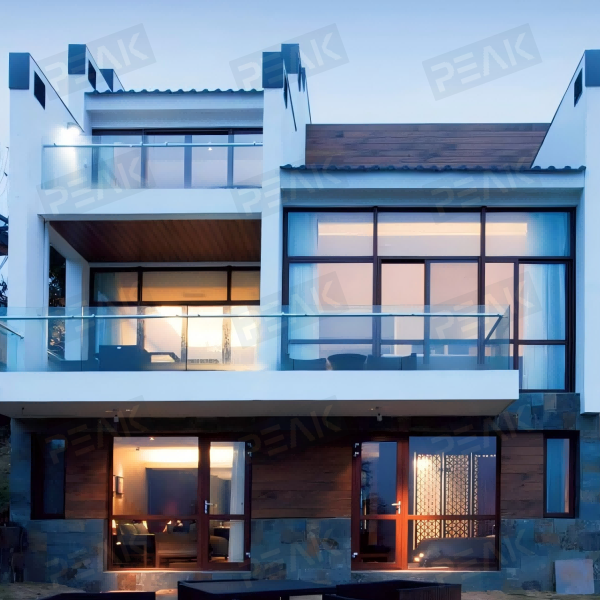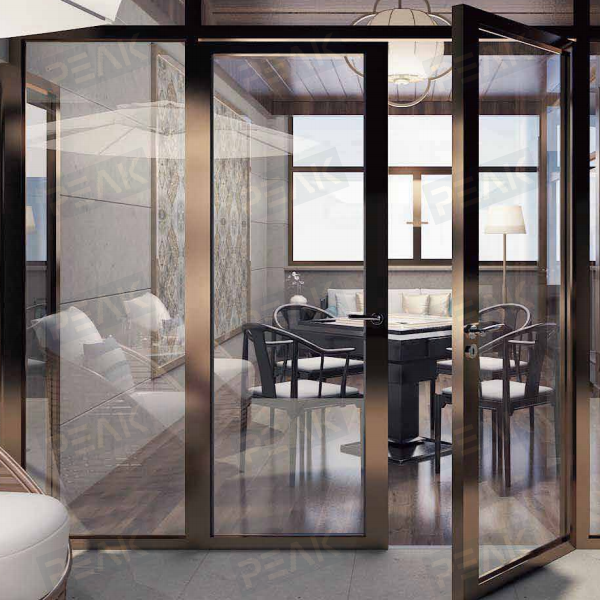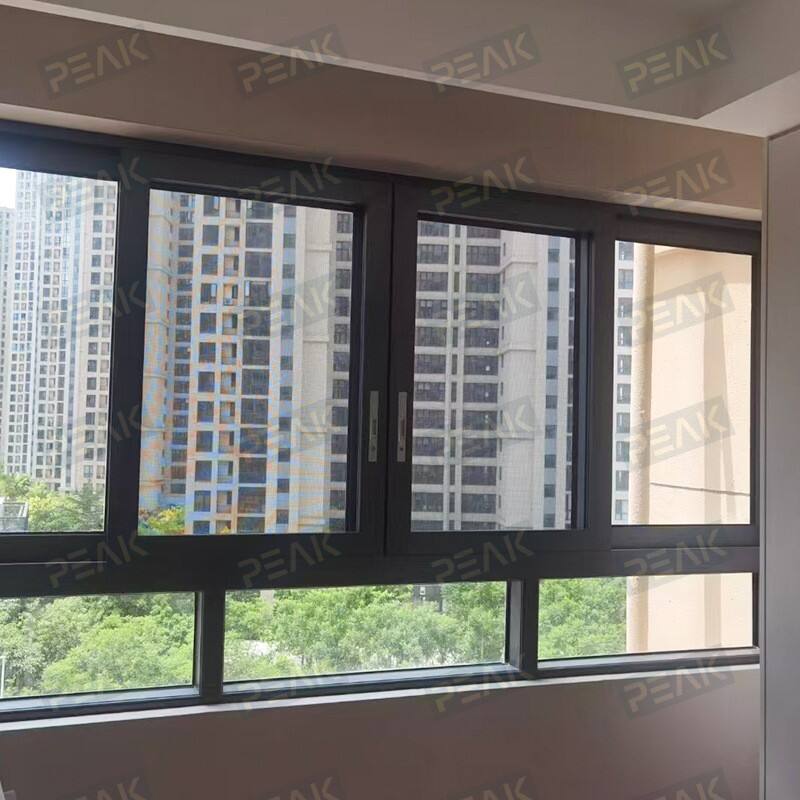highend thermal break aluminum doors and windows
High-end thermal break aluminum doors and windows represent a sophisticated architectural solution that combines aesthetic appeal with superior performance. These systems feature an innovative design where the aluminum profiles are separated by a low thermal conductivity material, creating an effective barrier against heat transfer. The thermal break technology consists of a polyamide strip or other insulating material inserted between the interior and exterior aluminum profiles, effectively reducing thermal bridging. This advanced construction ensures excellent thermal insulation properties while maintaining the structural integrity and durability of aluminum. The systems are engineered to meet stringent energy efficiency standards, offering U-values that significantly exceed traditional aluminum windows and doors. They excel in both cold and hot climates, preventing heat loss in winter and heat gain in summer, leading to reduced energy consumption and lower utility bills. These products are available in various configurations, including sliding doors, casement windows, tilt-and-turn windows, and folding door systems, all maintaining consistent thermal performance across different designs.


